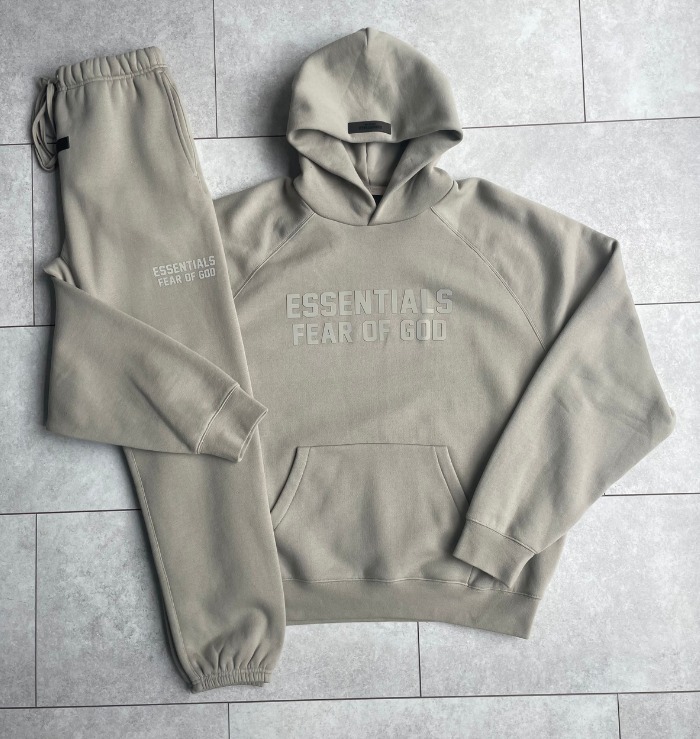
When it comes to designing or maintaining a reliable piping system, selecting the right components is crucial. Among these, Buttweld Fittings play a vital role in ensuring smooth, leak-free connections between pipes, while maintaining the system’s integrity and performance. However, choosing the right Buttweld Fittings can be a complex task due to the variety of materials, shapes, sizes, and standards available in the market.
In this comprehensive guide, we’ll walk you through everything you need to know about Buttweld Fittings, including how to select the right ones for your piping system. We will also touch upon key considerations when working with a Buttweld Fittings Manufacturer or Buttweld Fittings Suppliers to make an informed purchase decision.
What Are Buttweld Fittings?
Buttweld Fittings are components used to connect sections of pipes or change the direction or diameter of piping. They are designed to be welded to the pipes, creating a seamless joint that can withstand high pressure and temperature conditions.
Unlike threaded or socket weld fittings, buttweld fittings require welding along the ends, resulting in a smooth internal flow and reduced turbulence—making them ideal for critical and heavy-duty applications.
Common types of buttweld fittings include:
- Elbows (to change direction)
- Reducers (to connect different pipe sizes)
- Tees (to branch pipe flow)
- Caps (to close pipe ends)
- Stub Ends and Lap Joints (for easy disassembly)
Why Choose Buttweld Fittings?
Before diving into the selection process, it’s essential to understand why Buttweld Fittings are preferred in many industrial and commercial piping systems:
- Strength and Durability: The welded joints provide superior strength compared to threaded connections.
- Smooth Flow: The internal surface is smooth, reducing friction loss and preventing deposits.
- Leak-Proof: Proper welding eliminates leak points.
- Versatility: Suitable for high pressure, high temperature, and corrosive environments.
- Wide Material Selection: Available in carbon steel, stainless steel, alloy steel, and more.
Key Factors to Consider When Choosing Buttweld Fittings
Selecting the right Buttweld Fittings involves evaluating various factors based on the application, environment, and mechanical requirements.
1. Material Compatibility
The choice of material is perhaps the most critical factor in buttweld fittings selection.
- Corrosion Resistance: For environments exposed to chemicals, acids, or high moisture, stainless steel or alloy steel fittings are recommended.
- Temperature Resistance: High-temperature processes may require special alloys or heat-resistant materials.
- Mechanical Strength: Carbon steel is widely used for general purposes, but higher strength alloys are necessary for heavy-duty systems.
Ensure that the Buttweld Fittings Manufacturer provides fittings that comply with your material requirements and industry standards.
2. Size and Dimensions
Piping systems often have different pipe diameters and thicknesses, so fittings must match these precisely.
- Use standardized dimensions like ASME/ANSI or DIN.
- Consider the schedule (thickness) of the pipe.
- Check the fitting dimensions to avoid mismatches that could lead to leaks or weak joints.
3. Type of Fitting
Choose the correct type of fitting based on your system’s layout and function:
- Elbows: For changing pipe direction, available in 45°, 90°, and sometimes 180°.
- Reducers: For connecting pipes of different diameters.
- Tees: For branching the pipe line.
- Caps and Plugs: For sealing pipe ends.
- Stub Ends: Used with lap joints to allow easy disassembly.
4. Pressure and Temperature Ratings
Always check the pressure class and temperature limits of fittings to match or exceed your system requirements.
- Classes like 150, 300, 600, 900, 1500, and 2500 denote pressure rating.
- Confirm the temperature rating with the material and design code.
5. Industry Standards and Certifications
Ensure that the Buttweld Fittings Supplier complies with industry standards such as:
- ASME B16.9 (Factory-Made Wrought Steel Buttwelding Fittings)
- ASTM (Material specifications)
- API (American Petroleum Institute standards)
- ISO certifications
These standards guarantee the quality and reliability of the fittings.
6. Welding Type and Joint Preparation
Buttweld fittings require proper preparation for welding:
- Check if the fittings come with beveled ends for welding.
- Decide the welding method (TIG, MIG, Stick) based on the material and site conditions.
- Understand the heat treatment needs after welding, if applicable.
How to Evaluate Buttweld Fittings Manufacturers and Suppliers
Finding a reliable Buttweld Fittings Manufacturer or Supplier is just as important as choosing the right fittings themselves. Here are some tips:
Quality Assurance
- Look for manufacturers with stringent quality control processes.
- Ask for certifications like ISO 9001.
- Request test reports such as PMI (Positive Material Identification), radiography, and hydrostatic tests.
Product Range
- A good manufacturer offers a broad range of fittings in various materials and sizes.
- They should be able to supply fittings compliant with multiple international standards.
Customization Capabilities
- Sometimes, your system might need custom fittings.
- Choose suppliers who offer tailored manufacturing services and can handle special requests.
Lead Time and Availability
- Time-sensitive projects need suppliers who can deliver promptly.
- Check their stock availability or manufacturing lead times.
Pricing and Support
- While price matters, don’t compromise on quality for cost.
- Look for suppliers who offer technical support, advice, and after-sales service.
Common Applications of Buttweld Fittings
Understanding where Buttweld Fittings are typically used helps make better selections:
- Oil and Gas Industry: For pipelines handling crude oil, gas, and refined products.
- Chemical Processing Plants: Due to corrosive and high-temperature fluids.
- Power Plants: For high-pressure steam and water systems.
- Water Treatment: For smooth flow and easy maintenance.
- Food and Beverage: Stainless steel fittings ensure hygiene and corrosion resistance.
Conclusion
Choosing the right Buttweld Fittings for your piping system is a critical decision that impacts safety, efficiency, and longevity. By considering factors such as material compatibility, size, pressure rating, and industry standards—and by working with trustworthy Buttweld Fittings Manufacturers and Suppliers—you can ensure your piping system operates reliably under all conditions.
Whether you are building a new system or upgrading an existing one, investing time in proper selection and installation of buttweld fittings will pay off with reduced downtime and maintenance costs.



